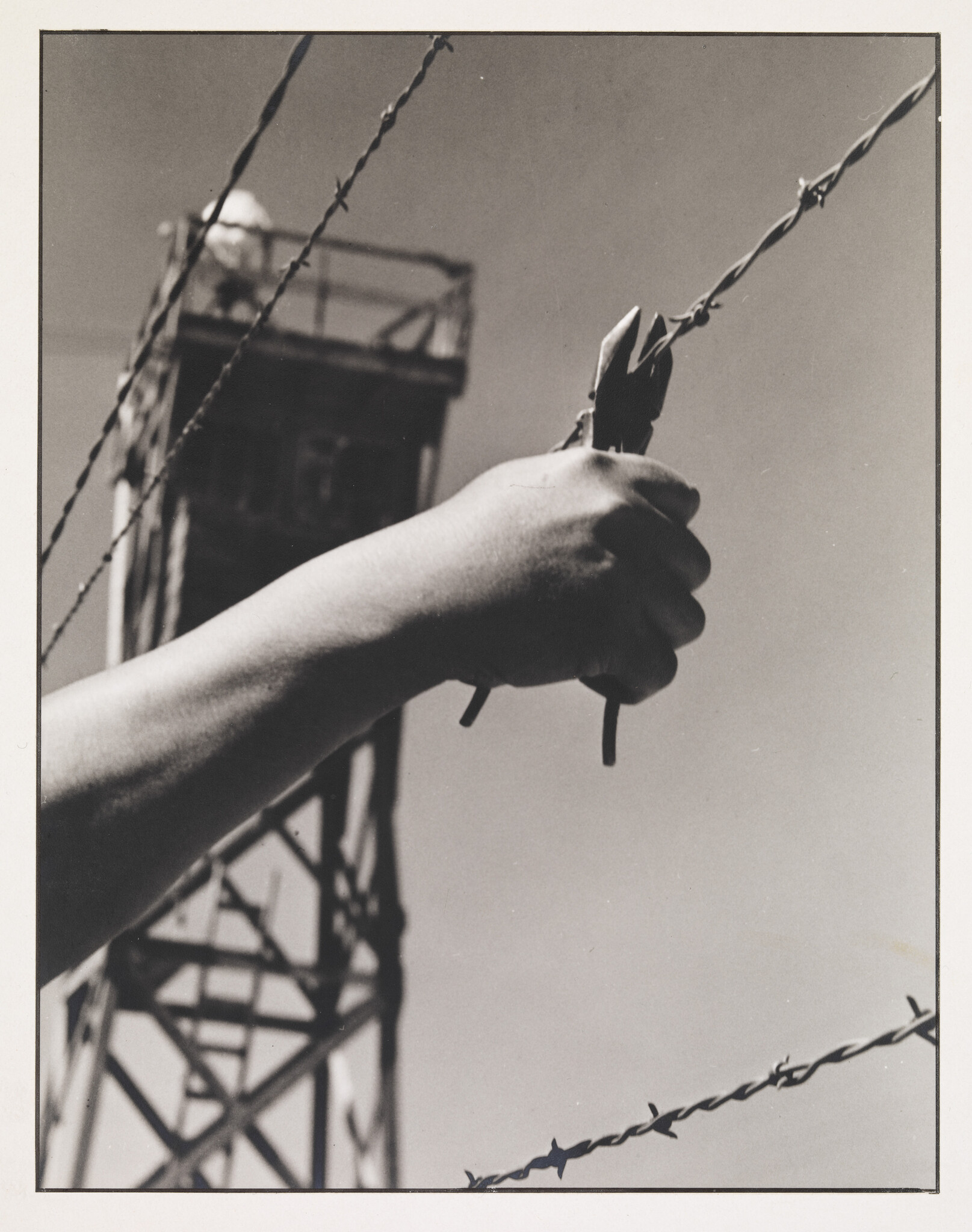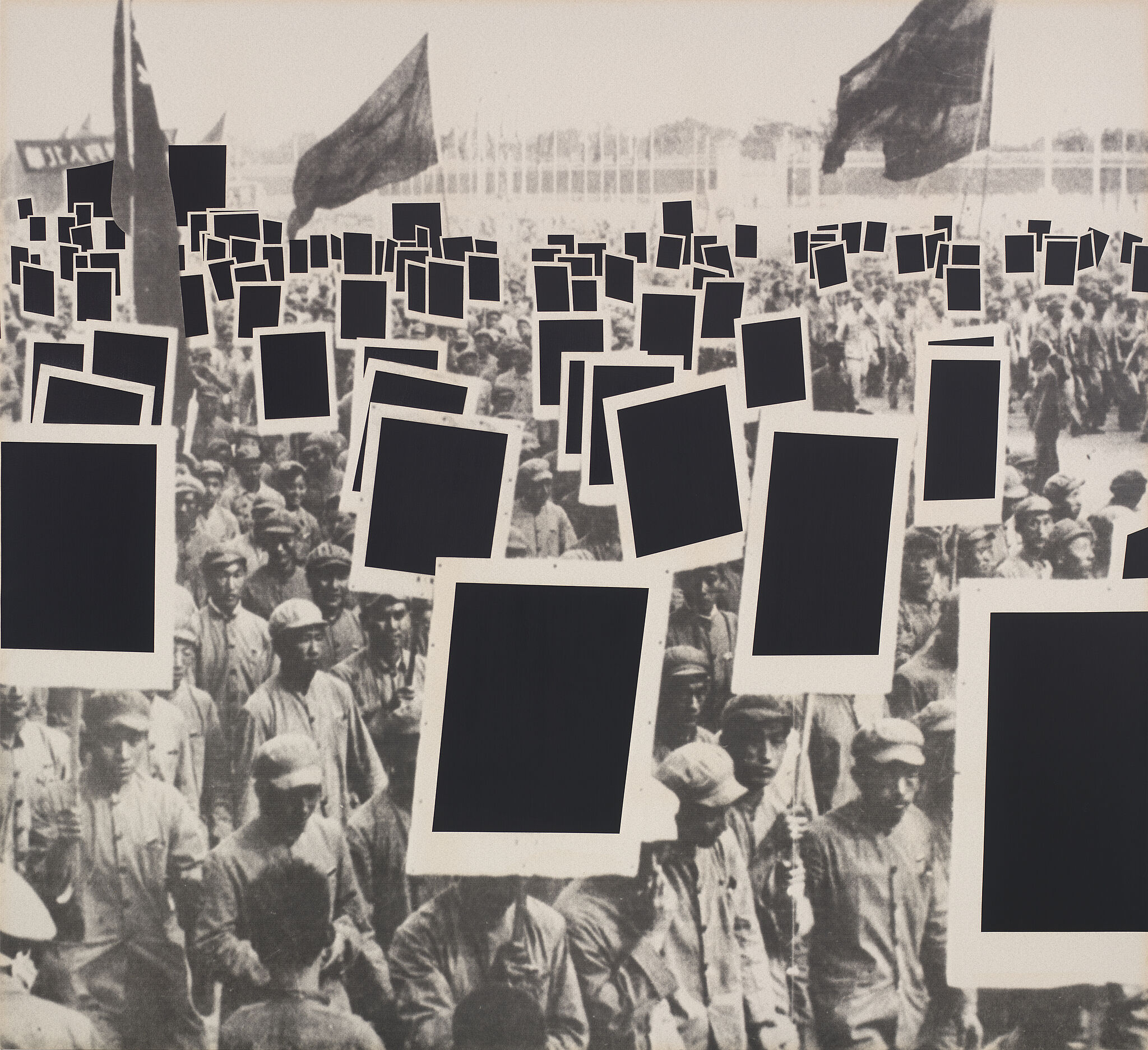Narrator: Toyo Miyatake took these photographs in Manzanar, a camp where Japanese-Americans were interned after the bombing of Pearl Harbor. Over 120,000 people—men, women, and children—were imprisoned there. More than two-thirds were Americans citizens.
Alan Miyatake: My name is Alan Miyatake. I own and operate Toyo Miyatake Studio, which was founded by my grandfather, Toyo Miyatake.
Narrator: Initially, Toyo Miyatake snuck his photography equipment into the camp.
Alan Miyatake: It must have been early on in camp that he took my father aside and said, "I got to show you something." He took him inside and he pulled out the lens and a back of a camera and said, "I'm gonna make a camera." My dad said, "Why are you doing this? You're gonna get arrested." And he said, "No, this is my duty as a photographer to document this so something like this never happens again."
Narrator: Eventually, Miyatake was able to take pictures openly, and became Manzanar’s official photographer. Even his official images could be very critical of the camp. One pictures a hand holding wire cutters up to barbed wire.
Alan Miyatake: It was taken for the Manzanar high school yearbook. I'm sure it was supposed to have very symbolic feelings and a message about what Manzanar was all about. Now that I think about it, it seems courageous for somebody to put this as a main piece in a yearbook, in a school that was conducted in an internment camp. You kind of wonder how much the camp staff and government, how much censoring they had because it's obviously pretty symbolic.


